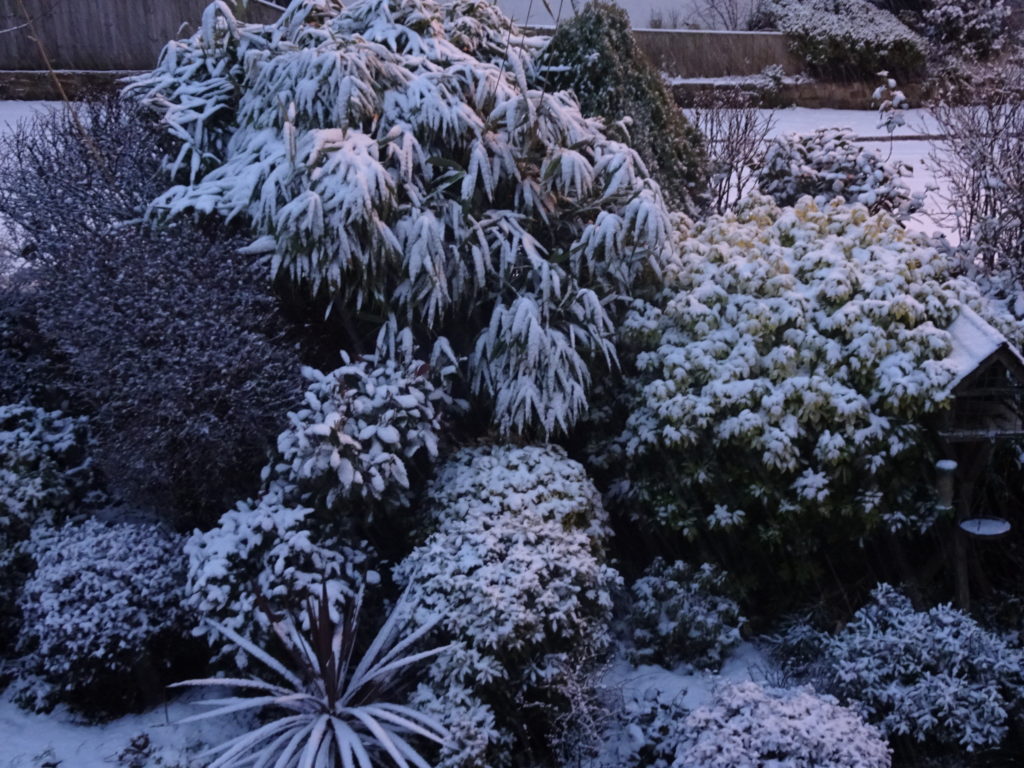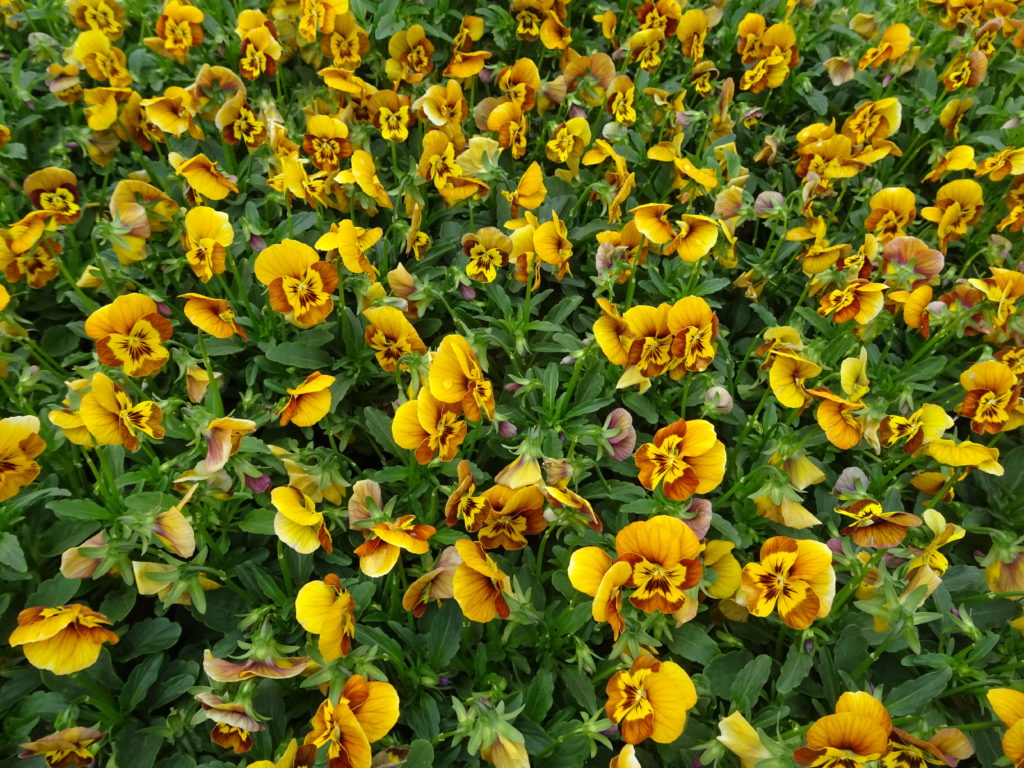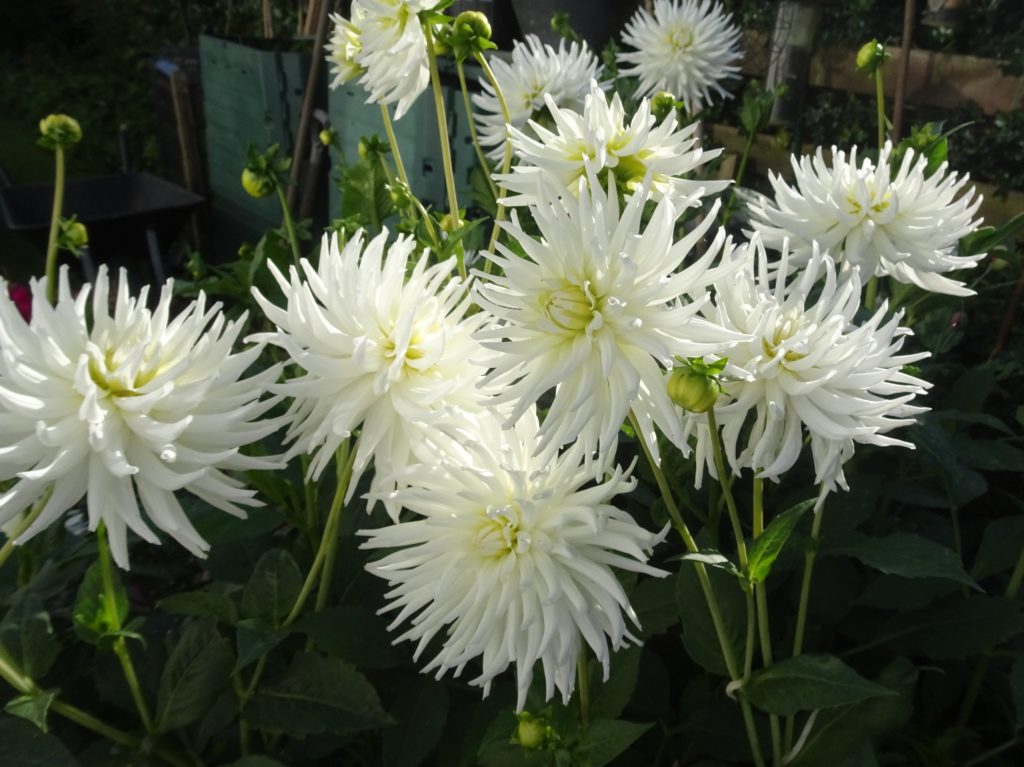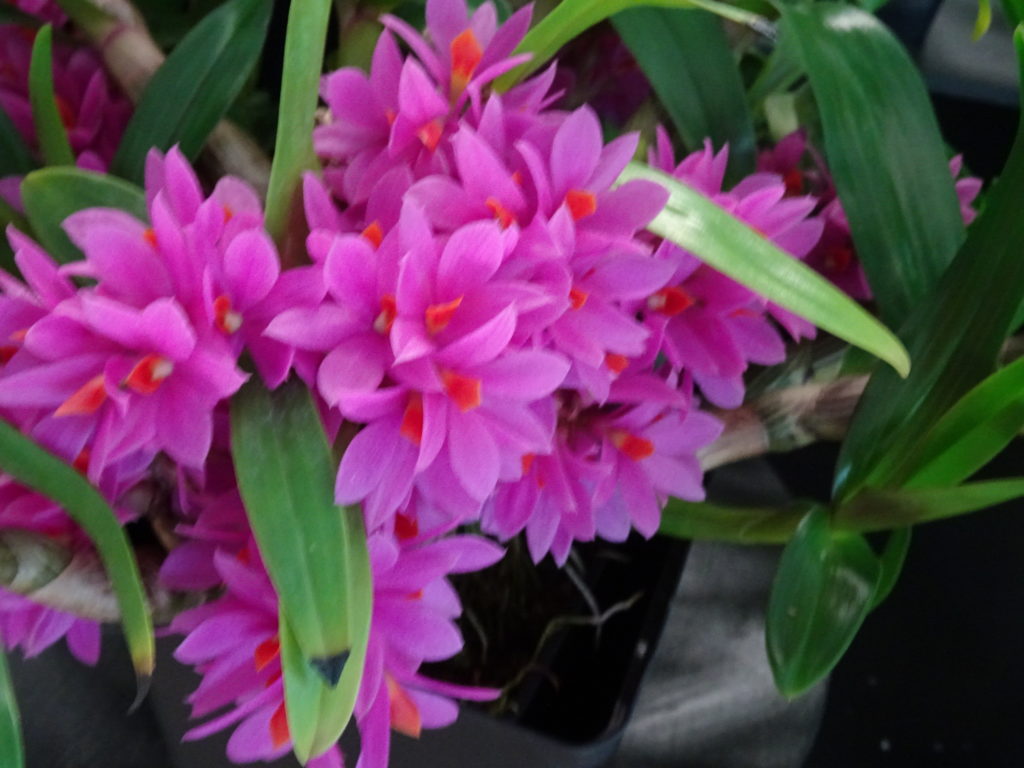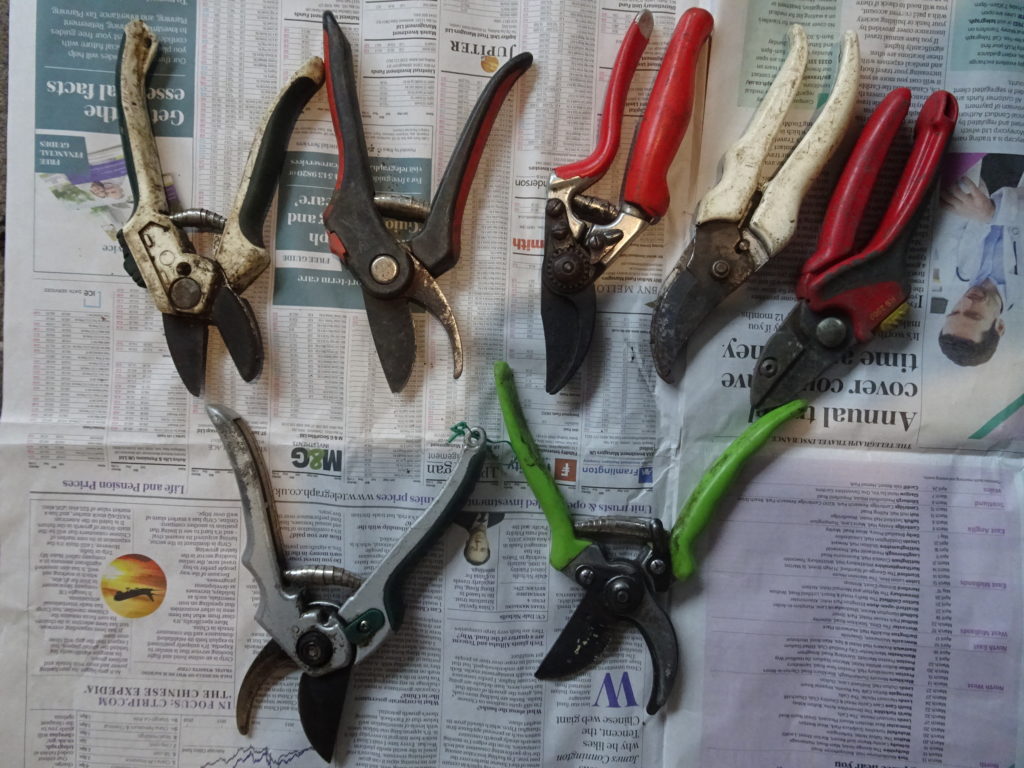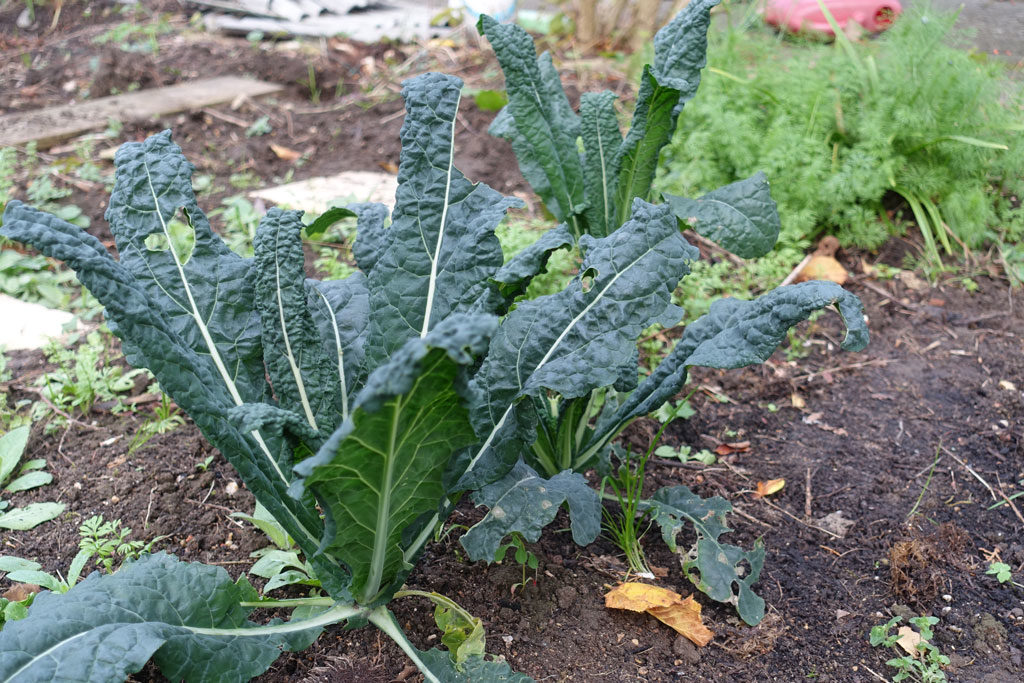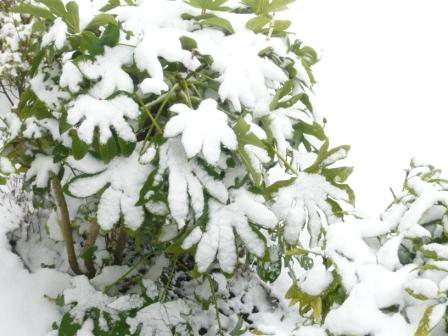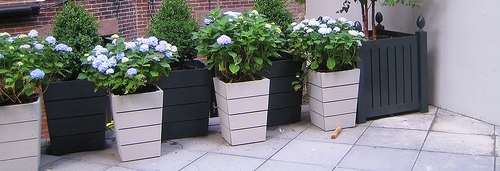I have 35 good ceramic pots and numerous plastic pots and containers dotted around the garden. There is a 3 foot wide path all around the house that hosts many of these pots on a permanent or seasonally temporary basis. I enjoy ringing the changes about location and container content. What I don’t enjoy is watering the pots! Since the floods early in the year we have had scarcely any rain in Yorkshire and the ground is now dry and cracking up. Looking at the forecast April looks like being a shower free zone never mind a good soaker.
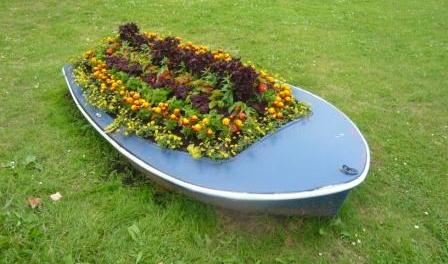
A plant pot that needs more water
Why Pots get Dry
- Too little soil or compost to retain enough moisture often because the pot is too small
- Compost too free draining eg sandy or gritty soil. Compost need some ‘heart’ to retain water.
- Porous terracotta pots that allow water to be sucked out through the sides
- Pots in too much sunshine with no shade
- Pots placed in windy or draughty conditions
- Plants with lush leaves that transpire readily and need copious amounts to drink.
- Root bound pots or those filled with roots leaving no room for water soaked compost.
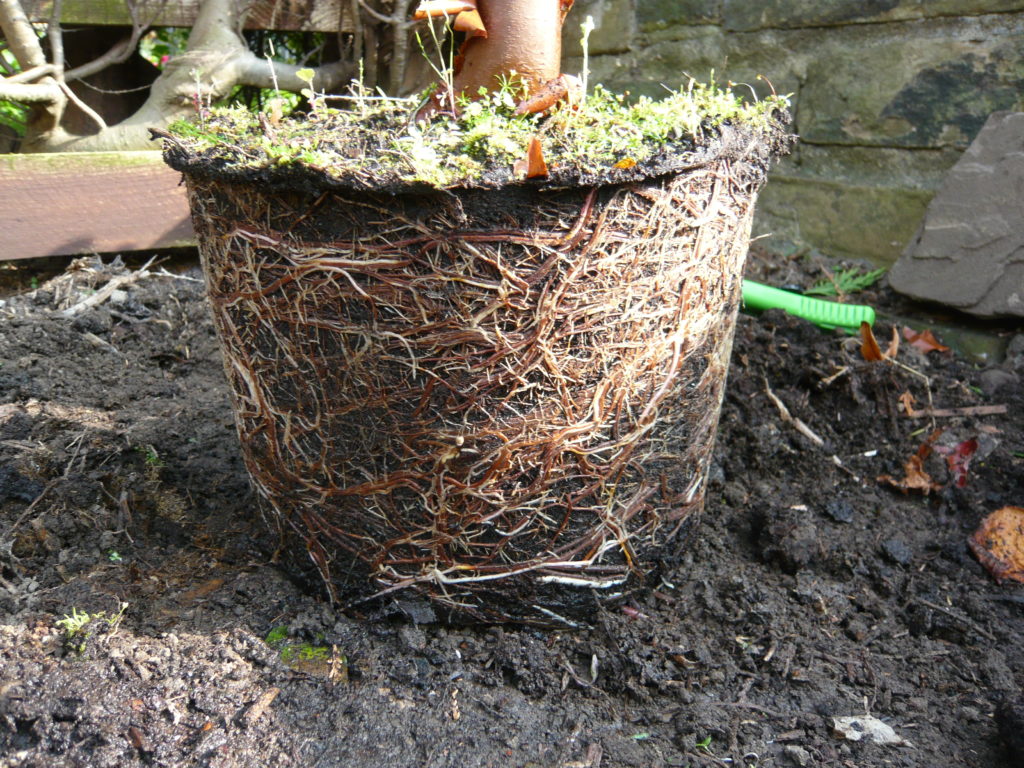
Excess roots and weed cover restricting water content
Watering Pots
- These comment apply to varying degrees to most ceramic, clay, terracotta and plastic pots, containers, hanging baskets plus similar plant containers.
- You may notice pure peat or coir is very difficult to get evenly wet. Commercial composts have a wetting agent added during packing so this problem is initially circumvented
- If pots get dried out the compost is very hard to re-wet. A deep soak for 12 hours is probably the best way to totally rehydrate the soil but that is not always possible. Damp compost will take up more water. Very dry soil sheds the water or lets it run right through. I start with a light wetting or dampner on the surface then 10 minutes later water properly.
- Special care is very important specifically if the compost has shrunk away from the sides of the pot.
- The problem of hanging baskets being difficult to re-water once they get a bit dry has a simple solution which is to use a wetting agent or a small dash of washing up liquid in the water .
- Preventing drying out in the first place is as better step.
- Drip or electronic controlled watering would be a top end solution.
- A saucer under the pot would be a cheapo solution.
- A community of pots to create a micro climate and increase surrounding humidity can help.
- Placing the pot on soil or capillary matting would allow some leaching from the surrounding area.
- I use a wick system for pots in the greenhouse with a strip of capillary fabric or matting trailing from the middle of the pot surrounded in compost with the end trailing out of a drainage hole into a sump of water.
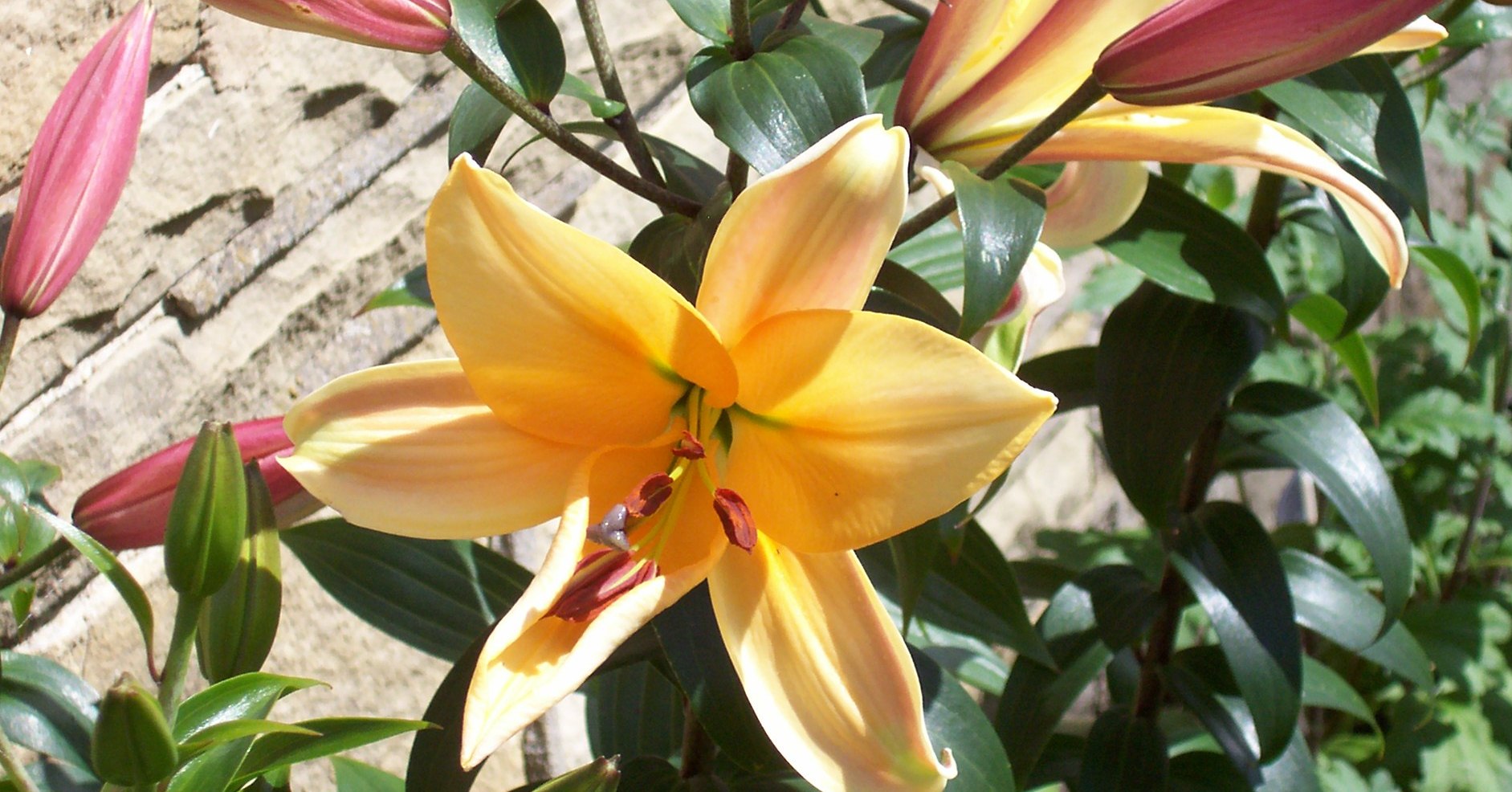
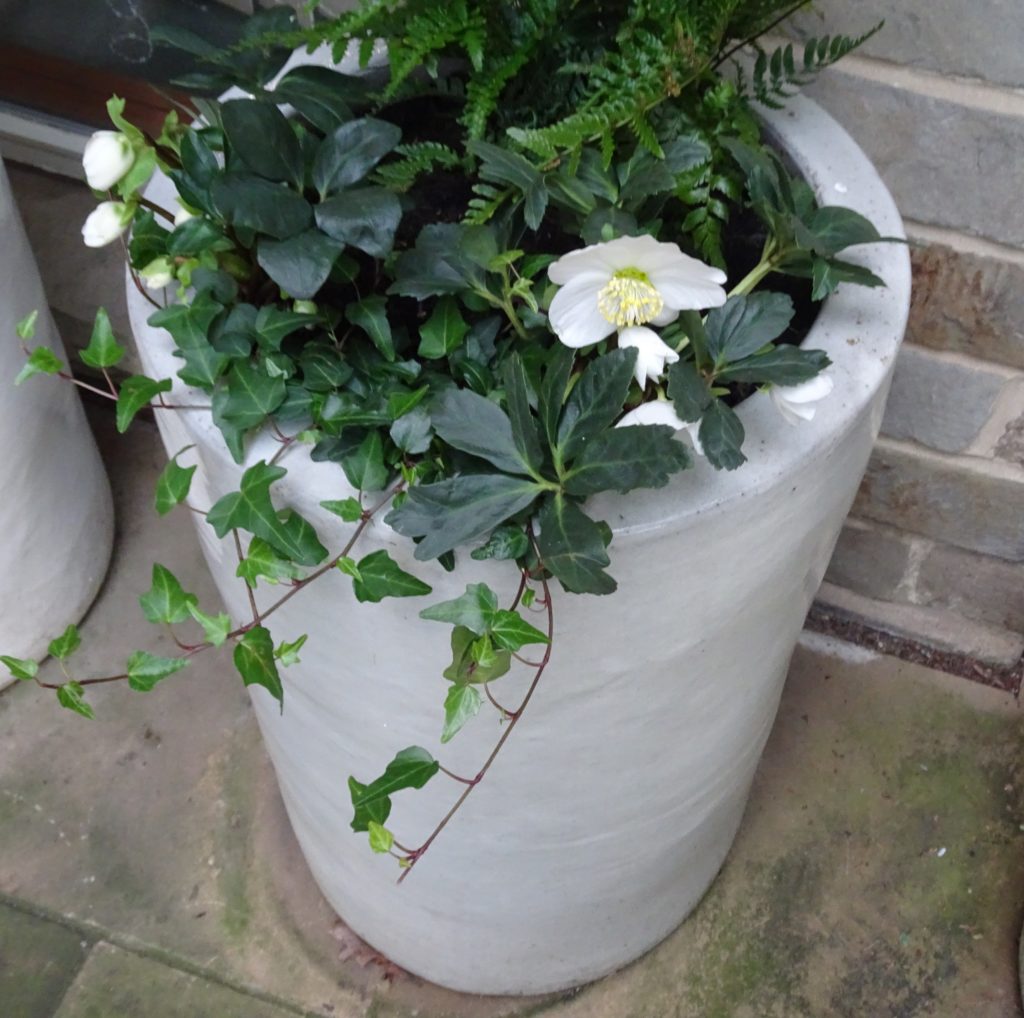

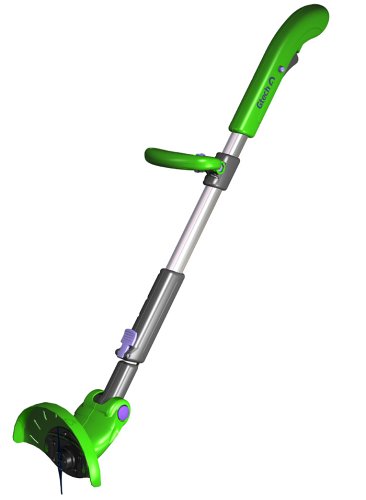
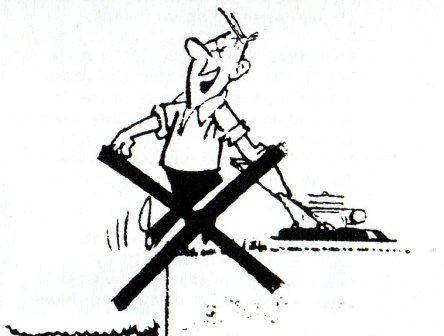
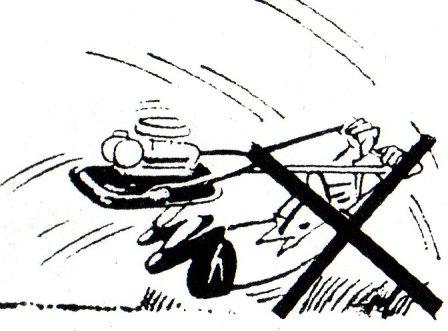


 Norwegian Iceman Sculpture Cardiff
Norwegian Iceman Sculpture Cardiff